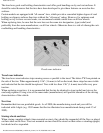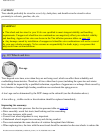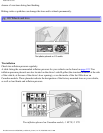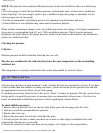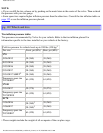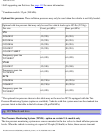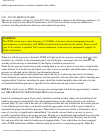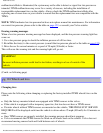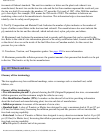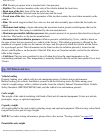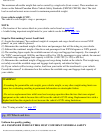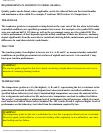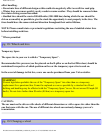
2006 VOLVO V70
CAUTION!
When inflating tires with TPMS valves, press the pump's mouthpiece straight onto the valve to help
avoid bending or otherwise damaging the valve.
pg. 125 Wheels and tires
Self supporting run flat tires (option)
Certain models equipped with the Tire Pressure Monitoring System (TPMS) can also be equipped with
self supporting run flat tires.
Tires of this type have specially reinforced sidewalls that make it possible to continue driving in the
event of a drop in inflation pressure. Tires of this type are mounted on special rims.
NOTE: Self supporting run flat tires are only available in conjunction with TPMS.
If a self supporting run flat tire should lose inflation pressure, the yellow TPMS warning symbol (
) in
the instrument panel lights up to alert the driver, and a message will be shown in the text window in the
instrument panel.
If this occurs, reduce vehicle speed to a maximum of 50 mph (80 km/h). The vehicle can be driven
approximately 50 miles (80 km), or somewhat farther if the vehicle is not heavily loaded. The tire should
be replaced as soon as possible.
Hard braking and sudden steering maneuvers should be avoided.
In certain cases, it may be difficult to see which self supporting run flat tire is defective. To determine
which tire is damaged, check the inflation pressure of all four tires.
WARNING!
• Only specially trained persons should mount self supporting run flat tires.
• If self supporting run flat tires are mounted, the vehicle must be equipped with a Tire Pressure
Monitoring System.
• After a low pressure warning has been displayed, do not exceed 50 mph (80 km/h).
• Avoid severe cornering and hard braking, and minimize the distance traveled before replacing the
self supporting run flat tire.
• Self supporting run flat tires cannot be repaired. They must be replaced if damaged or punctured.
pg. 126 Wheels and tires
file:///K|/ownersdocs/2006/2006_V70/06v70_07.htm (10 of 21)12/30/2006 4:50:31 PM



